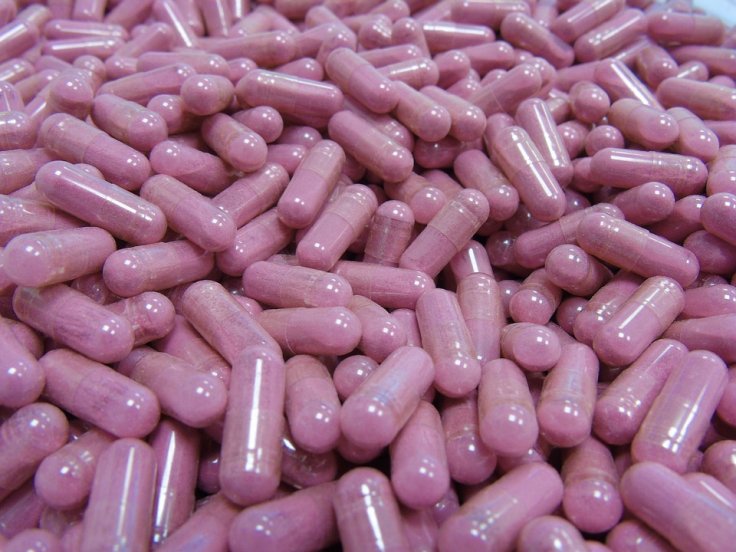Leftovers from a scrumptious thanksgiving dinner make for good snacks the following day. However, the same cannot be said about leftover opioid painkillers. A new study by the University of Michigan finds that despite leftover opioid prescriptions posing a serious risk to children, parents do not dispose of the unused medication after they are no longer needed.
The study suggests that through appropriate education aimed at parents coupled with suitable disposal methods, the problem can be dealt with effectively.
Participants in the study
For the study, 517 parents with children between the ages 7-17—who had received short-term prescriptions of opioid painkillers—where chosen. They were sorted into three groups. The first consisted of parents who were provided with a take-home pill disposal packet. The second had parents who were given an interactive web-based program urging them to make decisions with regards to opioid dosing for their children under different real-life settings, along with the disposal packet. However, the third group consisted of parents who received neither.
A mixed bag of findings
The researchers found that 93 percent of the parents had leftover prescriptions, and only 19 percent of them in the control group disposed of them. Within the group that had parents who had received the packet as well as the program, 38.5 percent of them disposed of the excess painkillers they were left with.

When it came to holding on to leftover prescriptions, the study found that parents exposed to the web program were half the number as that of the control group. This was because the increased perception of risk reduced the chance of them not part parting with the opioids. However, among parents who had a history of opioid misuse, the risk of retention was higher.
Therefore, the rate of immediate disposal of leftover prescriptions was better if parents with children who received the prescription were given disposal packets, the researchers found. Also, among parents who received the educative online program, the intention to keep the medicines was found to be less likely.
"The high rate of parental misuse (11.8%) was a surprise--and that this and past retention behaviors were so predictive of intention to keep the drug around," said Terri Voepel-Lewis, author of the study, in a statement. She also added that the team was surprised to find that while the misuse rate was a concern, the high intention-to-dispose rates were a surprising find.
Regulation of prescription could help
While the prescription rate for opioids has decreased, the retention rate of leftover medication is still a concern—not just for opioids—but also risky formulations such as stimulants and sedatives.
"Many hospitals are now beginning to give disposal packets, mostly marketed and costly ones, with opioids," Voepel-Lewis said. She added that this was absent with other high-risk drugs and the risk enhancement information was inadequate.
Voepel-Lewis pointed out that parents may not be as sincere as they report to be. "We believe that the opioid crisis awareness in our community may have falsely increased parents' reports of intention to dispose, knowing that many people in Michigan have died from accidental overdose," she said.









